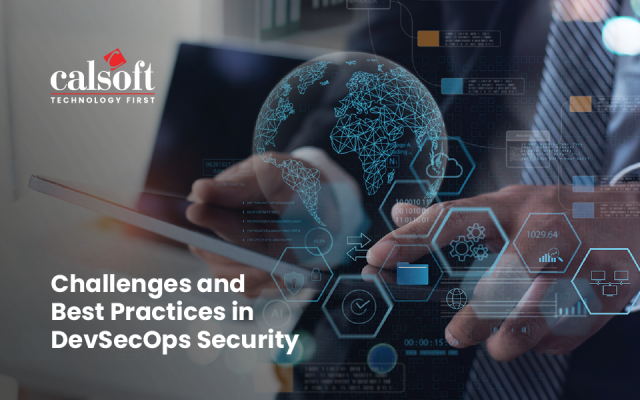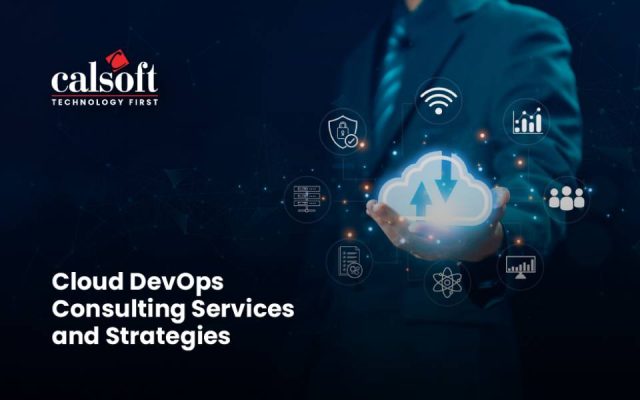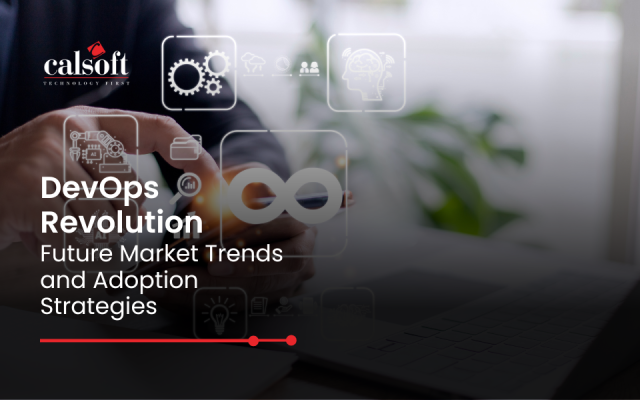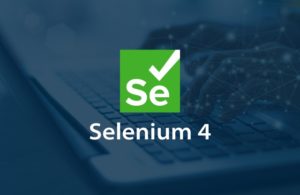Since the Industrial Revolution, technology has evolved at a blistering pace! What seems modern today soon becomes a legacy, and organizations must stay agile and adapt to stay competitive in the market. To drive digital transformation, every enterprise should be adaptable and compatible with latest technologies and trends. This helps enterprises to stay agile, flexible, combative, and intuitive.
Modernization involves updating and enhancement of an existing product to address the growing customer needs, incorporating technological advancements, and staying in tune with market trends. To gain that competitive edge, constant growth is essential for any organization that creates and markets its product. A robust modernization roadmap can help reshape an enterprise’s legacy applications leveraging innovative technologies, frameworks, and architectures.
According to MarketsandMarkets, the application modernization market is stated to hit $32.8 billion by 2027 especially, when compared to $15.2 billion in 2022, which is double the growth.
DevOps acts a s a catalyst and sustain a significant role in this application modernization process, focused on digital product engineering. DevOps can realize innovative applications meeting the customer demands by equipping the team to collaborate efficiently, and counter to the dynamic demands quickly. DevOps principles ensure a strong, reliable, and user-friendly modernization initiative with the technological breakthroughs and dynamic market trends.
We have already summarized the DevOps realizing modernization of industries today. Taking this further, we will see how DevOps plays a major role in the product and application modernization!
The First Step: Reassessing the Legacy: Why to Modernize?
Even if the product or application is stable and doing well, one may as well ask oneself two questions, why should I bring in modernization? And will it be risky and beneficial?
To both the above, the answer is that when an organization invests in modernization, it can improve its operational efficiency, reduce costs, and enhance the user experience, ultimately driving growth and competitive advantage. Today, the user is always demanding more features, comparing them with other products, and is always in a reviewing and reassessing mode.
Yes, there are challenges, and striking a balance between preserving the functionality of the legacy solution and introducing new features and capabilities that meet the growing needs of a business is a major step forward. All this requires thoughtful planning, testing, and implementation to ensure a smooth transition with minimum disruption to end users.
The traditional application architecture encompasses many challenges in terms of communication, automation, visibility, and bug detection. This affects flexibility and agility in business operations. For enterprises, it is very expensive to decouple a monolithic framework to transit to microservices architecture without incorporating DevOps practices. The key challenges faced are:
- Inflexible Architecture
- Inability to scale
- Cannot easily integrate new programming languages or work with emerging technologies
- Static non-responsive User Interface (UI)
- Difficult to deploy on Cloud
Modernization helps to enhance customer experience by transforming the user interface, integrating new features, offering new services, and automating manual tasks. Understanding the challenges and significance of modernizing legacy applications, now let us explore the strategies involved in modernization.
The Second Step to Modernization: Choosing a Strategy
Many strategies exist that an organization can adopt for the modernization of its products and applications. The focus on business over technologies is important to realize a successful strategy. The following image details the various steps involved in the modernization strategy.
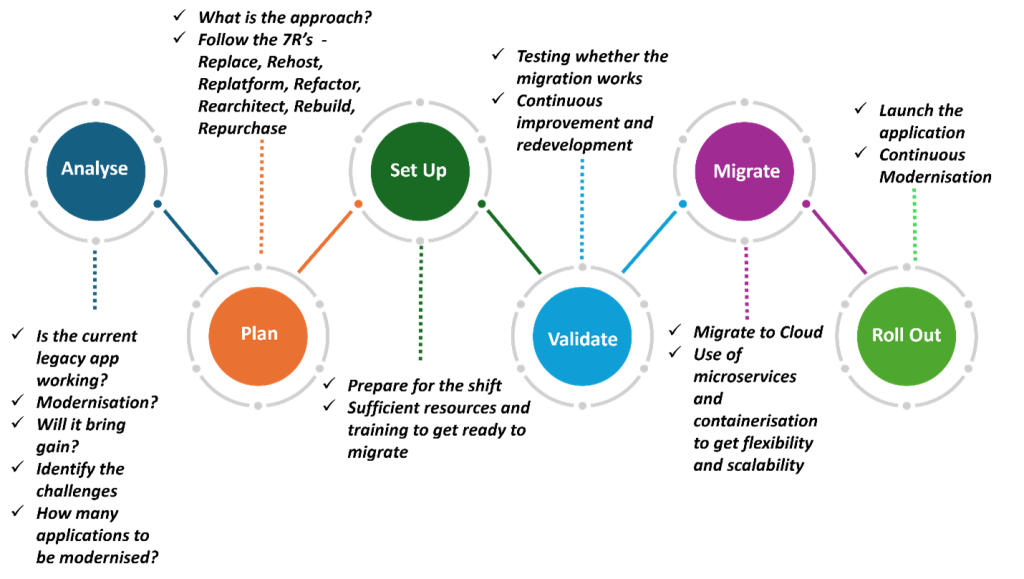
The Third Step to Modernization: Adopting the DevOps Approach
DevOps has a major role to play in the modernization of products and applications for an organization wishing to keep pace with rapid technological changes.
DevOps is not just a Technological Shift but a Cultural Paradigm Shift!
The DevOps approach is all about fostering collaboration and blending the interactions between the development (Dev) and operations (Ops) teams. It works towards streamlining the software development lifecycle, encourages the use of automation, and enhances product and application quality with continuous integration, delivery, and deployment, thereby achieving faster and more reliable software releases.
DevOps bases itself on agile principles, and its pivot is the close collaboration between various stakeholders, including developers, operations professionals, and quality assurance teams.
The Benefits and How DevOps Facilitates Product Modernization
It was the Covid-19 pandemic that pushed companies to prioritize their technological needs to implement unique infrastructure and security measures, all this to manage their digital Customer Experience (CX). Organizations began advancing app development methodologies to provide access, tools, and services to remote workers. This created pressure to develop, modernize, and distribute apps quickly, and the need to implement DevOps to streamline processes grew in demand. The key benefit of DevOps is it capability to embrace change, align people, processes, and technologies. This practice helps enterprises to be adaptive to evolving market demands.
Before understanding how DevOps facilitates product modernization, let us examine the key differences between legacy and modernized applications with DevOps approach.
| Legacy Products | Modernized products |
| Manual Process | Automated process |
| Lack of Coordination between teams | Greater Collaboration between all stakeholders |
| Manual Deployment & testing take hours | Automation Speeds up the process |
| Decentralized environment with multiple dependencies | Centralized-yet-independent, and advances chains of tools enabling developers to build, test, and deploy frequently |
| The scope of change is minimal | Agile and flexibility ensured |
DevOps as an approach does not follow the traditional Software Development Cycle. Instead, it ensures delivery of high-quality software with following key factors:
- Introduces agility and flexibility.
- Ensures continuous integration/continuous delivery (CI/CD) practices.
- Focuses on automation & iteration
- Streamlines code pipelines and speedy delivery
- Is in continuous build and integration mode
- Ensures early feedback, continuous monitoring, and analysis
- Encourages smaller continuous and faster changes enabling faster response time
- Facilitates continuous improvement throughout the development process
- Advocates for incremental changes rather than big-bang transformations mitigating risks
- Provides for scalability, better productivity, reliability, and mobility
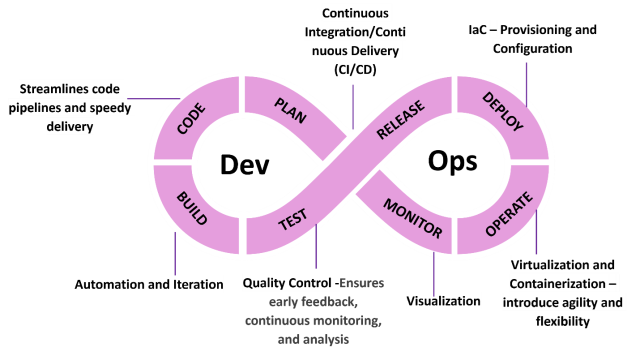
The following table illustrates the way DevOps facilitates product modernization.
| Process | Tools & Techniques |
| Automation | Continuous Integration/Continuous Deployment (CI/CD):
Automates integration & deployment processes Ensures code changes are automatically tested & deployed Reduces manual errors & speeds release cycles Infrastructure as Code (IaC): The use of tools like Terraform & Ansible allows for the automation of infrastructure helping manage & scale environments |
| Collaboration | Cross-functional teams:
Fosters a culture of shared responsibility, continuous feedback, and faster problem resolution Communication Tools: Collaboration tools like Jira, Slack, Confluence, etc. help in transparency, openness, and efficient communication channels |
| Consistent Monitoring & Feedback | Monitoring tools:
The use of tools like Grafana, Prometheus, etc. supports continuous monitoring of apps and infrastructure thereby identifying issues early and providing for reliability and performance Regular feedback allows for data-driven decisions and product improvements |
| Scalability & Flexibility | Microservices Architecture:
Supports transition from monolithic architectures to microservices making apps more scalable and manageable. Containerization: Implementation of Docker and Kubernetes facilitates containerization allowing apps to run consistently across different environments and providing for interoperability and portability |
| Quality Assurance | Automated testing:
Product quality is maintained via the integration of automated testing in the CI/CD pipelines Regular review of processes & performance enhances efficiency |
| Cost efficiency | Resource Optimization:
Automating processes improves collaboration, reduces wastage, lowers costs, and optimizes resource usage Cloud Integration: Leveraging cloud services enables dynamic resource allocation giving great cost savings |
| Security | Security is never an afterthought with DevOps practices. Continuous security assessments & automated compliance checks ensure security is managed |
Adopting the DevOps approach helps make the business responsive and competitive. The goal is to support rapid innovation while decreasing risk by modernizing your business applications, infrastructure, and processes.
The Way Forward
The DevOps approach enables organizations to deliver software products more efficiently, respond rapidly to changing business requirements, and further enhance security and overall customer satisfaction. The DevOps approach provides a powerful solution for modernizing legacy applications without hindering an organization’s growth or preventing it from integrating modern technologies and practices.
With the fast pace at which Generative AI tools and techniques are exploding, DevOps which already ensures the automation of specific tasks will soon be encompassing automated testing and other monitoring tools, intelligent decision-making, and predictive analysis. However, security and data privacy will be crucial, despite automation in compliance.
To mitigate vulnerabilities and ensure compliance with regulations, especially if one wishes to harness the full potential of AI-enabled DevOps, collaborating with a software partner is encouraged. Calsoft with over 25 years of experience in technology and one of the early adopters of Gen AI, supports and enables organizations to adapt to market dynamics delivering seamless experiences by bridging the gap between traditional and innovation. We have a dedicated Center of Excellence to accelerate DevOps implementations and improve the speed, quality, and security of application delivery for our customers.

